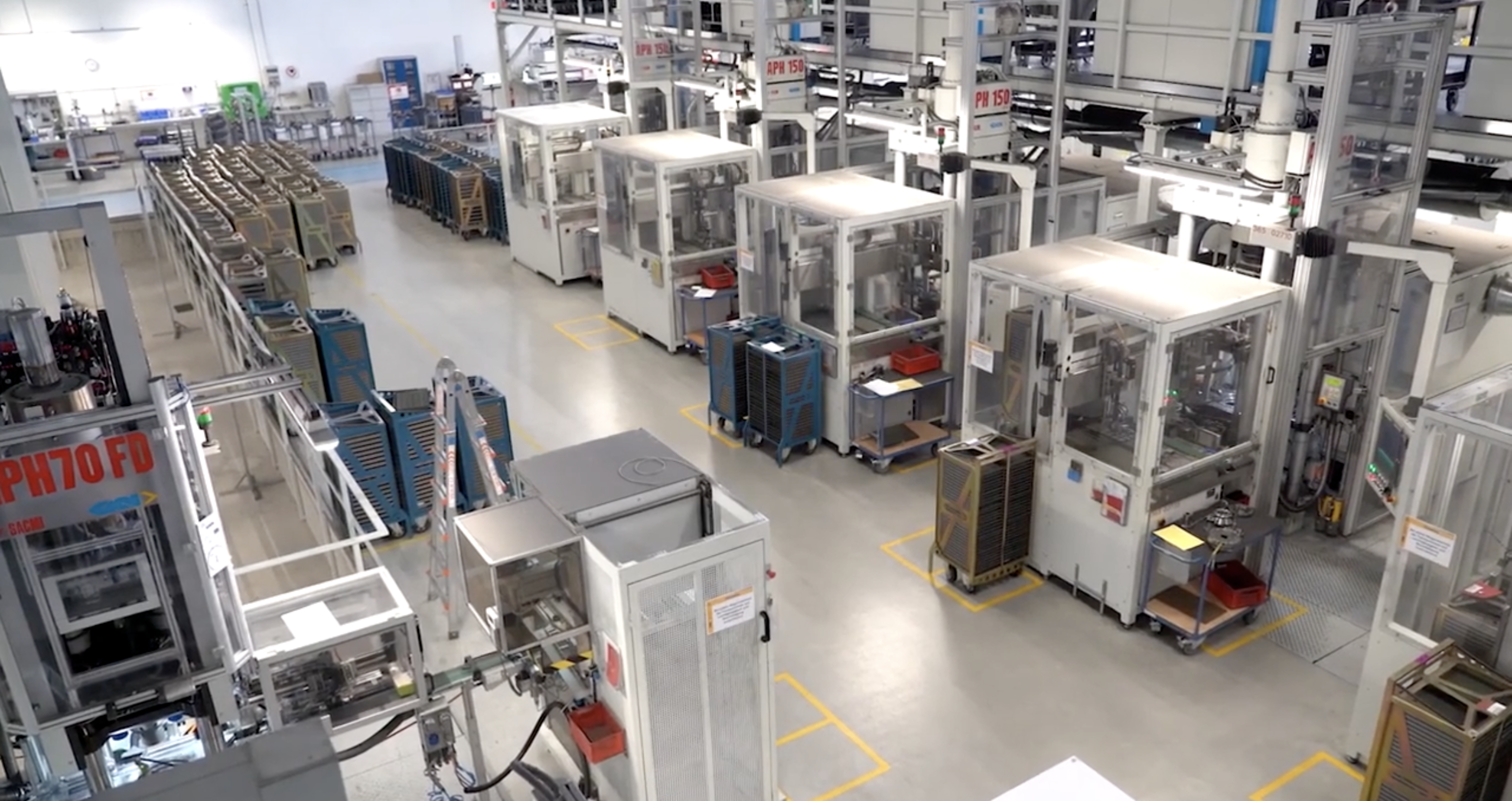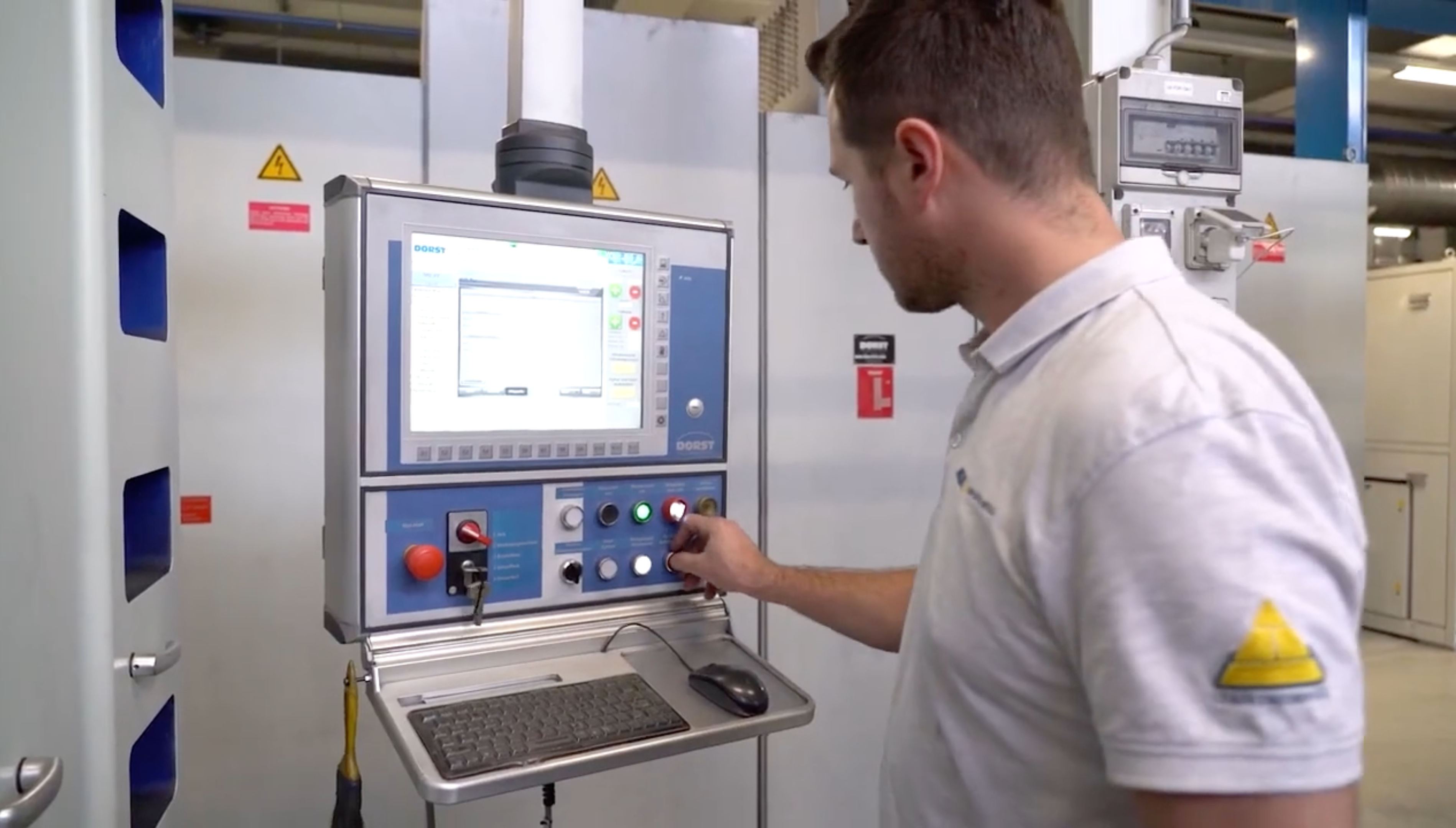If you’re aiming to make your business more efficient, adaptable, and competitive, understanding process management is essential—because without it, you’re likely wasting time, money, and opportunities.
What is Process Management?
Process management is the systematic approach to designing, analyzing, implementing, monitoring, and improving business processes. It ensures that every activity within an organization contributes effectively to its goals, aligning operations with strategic objectives.
Unlike ad-hoc task execution, process management introduces a structured way to ensure consistency, quality, and efficiency across departments. It helps reduce redundancies, streamline operations, and adapt swiftly to changes—whether they’re market-driven, regulatory, or internal.
Why Process Management Matters
In 2025, organizations are under increasing pressure to be both agile and efficient. Customers expect seamless experiences, employees expect clarity and autonomy, and leaders demand real-time visibility into operations. Process management offers the foundation for all of this by:
- Standardizing operations across departments and teams
- Improving compliance and reducing risk
- Enabling continuous improvement and innovation
- Creating transparency and accountability
- Making digital transformation initiatives more sustainable
With increasing reliance on automation and data-driven decisions, process management acts as the blueprint that supports everything from AI integrations to customer journey optimization.
Core Components of Process Management
To truly understand this concept, it’s important to break it down into its key elements:
1. Process Design
This is the stage where processes are created or redesigned. It includes identifying inputs, outputs, resources, roles, and the flow of activities. Effective process design focuses on eliminating bottlenecks and maximizing value delivery.
2. Process Modeling
Using tools like BPMN (Business Process Model and Notation), organizations map out workflows visually. This helps stakeholders understand the process from end to end and spot inefficiencies.
3. Process Execution
Here, the designed processes are put into action. Depending on the maturity of the organization, this could be manual, semi-automated, or fully automated using BPM software or workflow automation platforms.
4. Process Monitoring
KPIs (Key Performance Indicators) and other metrics are used to measure how processes perform. Monitoring provides insights into performance gaps, delays, and other issues.
5. Process Optimization
Based on monitoring insights, continuous improvement is applied—using methodologies like Lean, Six Sigma, or Agile—to enhance speed, quality, and outcomes.
Process Management vs. Project Management
A common misconception is confusing process management with project management. While both are essential for operational success, they serve different purposes:
Benefits of Effective Process Management
Implementing robust process management offers tangible advantages across all organizational levels:
- Cost Reduction: Eliminate waste and inefficiencies in operations.
- Faster Time to Market: Streamline product development and service delivery.
- Improved Customer Experience: Consistency leads to reliability, which boosts satisfaction.
- Higher Employee Engagement: Clear roles and processes reduce confusion and stress.
- Scalability: A well-managed process can be replicated or scaled as the company grows.
These benefits are especially relevant in industries like manufacturing, logistics, healthcare, and professional services—where compliance, precision, and efficiency are paramount.
How to Implement Process Management
Transitioning to a process-managed organization doesn’t happen overnight. Here’s a step-by-step guide to get started:
1. Identify Key Processes
Start with core business operations that significantly impact customer value or profitability.
2. Map and Document Processes
Use visual tools or software to create process maps that are easy to understand and accessible to everyone involved.
3. Define KPIs
Establish measurable outcomes for each process. Think in terms of efficiency, quality, speed, and cost.
4. Assign Ownership
Every process should have a clearly defined owner who is accountable for its performance and improvement.
5. Automate Where Possible
Leverage technologies like robotic process automation (RPA), workflow management tools, and AI assistants to reduce manual work.
6. Monitor and Optimize
Use dashboards and data analytics to continuously assess performance and adjust as necessary.
Real-World Use Case: Manufacturing
Let’s take a factory floor scenario. Without process management, operators might adjust machinery based on gut feeling, leading to inconsistent output and high scrap rates. With defined processes in place:
- Machines run within optimal parameters.
- Downtime decreases due to proactive maintenance.
- Quality improves because the same process is followed every time.
This kind of structured consistency is exactly what modern manufacturers need to compete globally and manage complex supply chains.
The Role of Technology in Process Management
Modern process management is nearly inseparable from technology. Tools that support this include:
- Business Process Management Software (BPMS) – like Camunda or ProcessMaker
- Workflow Automation Tools – such as Zapier or Make
- Enterprise Resource Planning (ERP) systems – integrating financials, HR, and operations
- Artificial Intelligence (AI) & Machine Learning (ML) – for predictive analytics and decision-making support
The integration of these tools enables smarter, faster, and more scalable operations, especially in dynamic environments like manufacturing, logistics, and field service.
Frequently Asked Questions (FAQ)
Q: Is process management only for large organizations?
No. Even small and mid-sized businesses benefit from documenting and improving their processes. It creates clarity and boosts performance.
Q: Can process management support digital transformation?
Absolutely. Clear processes are the foundation for automation, system integration, and adopting new technologies effectively.
Q: How often should processes be reviewed?
At least quarterly. However, in rapidly evolving sectors, monthly reviews may be necessary to stay competitive.
Q: What’s the difference between BPM and workflow automation?
BPM is a strategic approach to managing processes. Workflow automation is a tactical method to streamline specific tasks within those processes.
Why Process Management is the Backbone of Operational AI
AI tools are only as effective as the processes they support. If your workflows are unclear, inconsistent, or undocumented, automation becomes risky. However, when backed by strong process management:
- AI can suggest optimizations based on real data
- Predictive analytics can forecast bottlenecks before they occur
- Robotic process automation can execute low-value tasks efficiently
This alignment creates a high-velocity organization capable of scaling without sacrificing quality.
How Workerbase Makes Process Management Seamless
Workerbase provides the digital infrastructure manufacturers need to implement and scale effective process management. Our platform enables real-time workflows, digitizes standard operating procedures, and integrates seamlessly with ERP and MES systems.
Whether you’re aiming to reduce downtime, enhance traceability, or scale process improvements across multiple sites, Workerbase helps you operationalize efficiency. Our tools empower frontline workers with mobile apps, create real-time visibility for managers, and connect the dots across departments.
By embedding process management at the core of your operations, Workerbase supports a transformation from reactive to proactive, from guesswork to precision.




